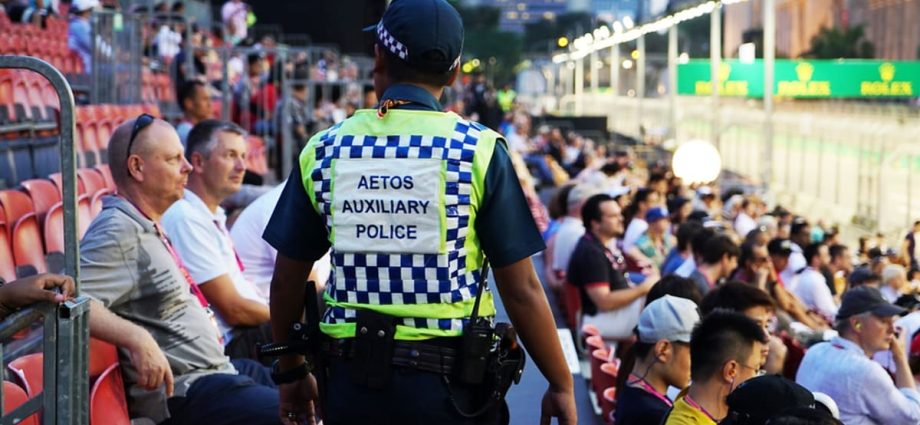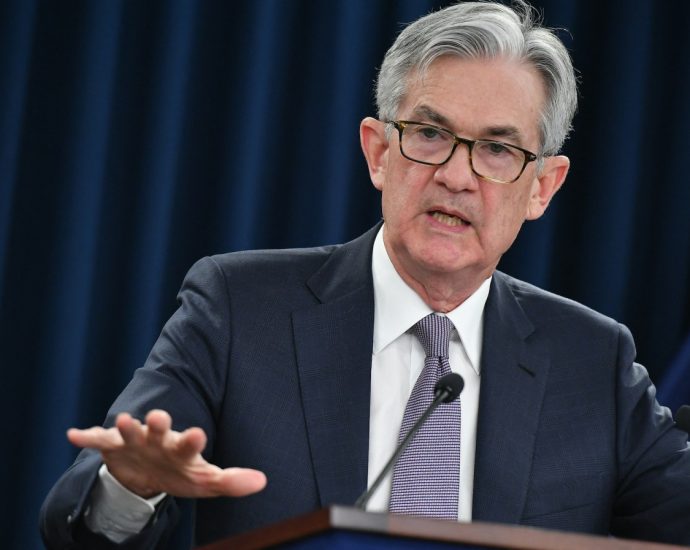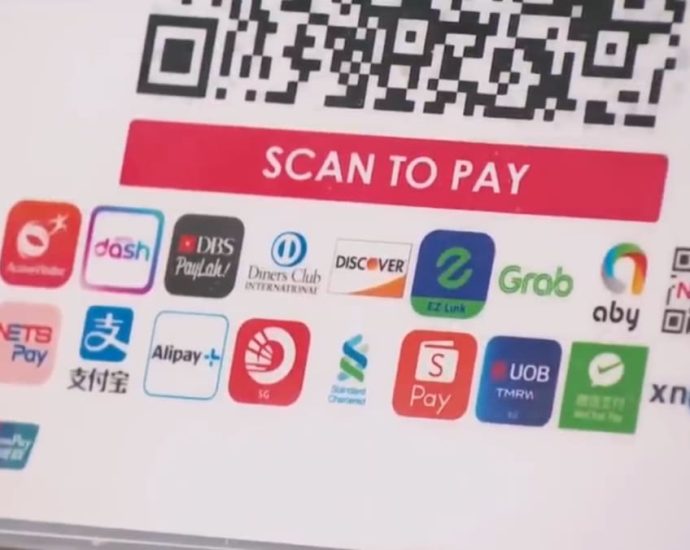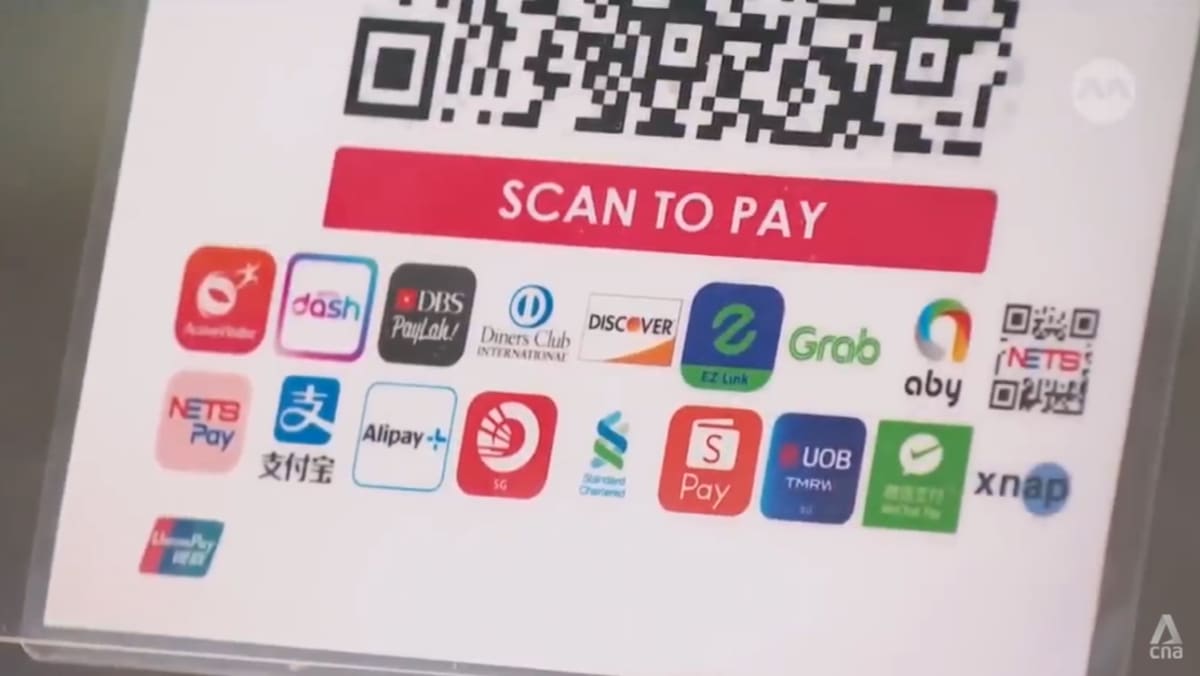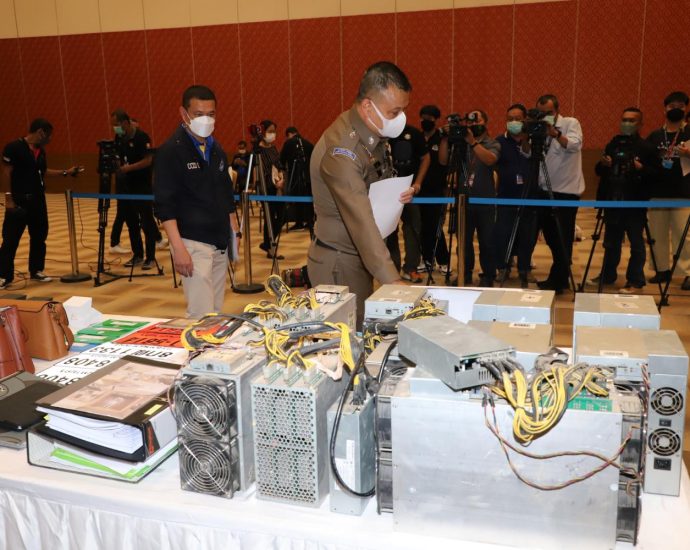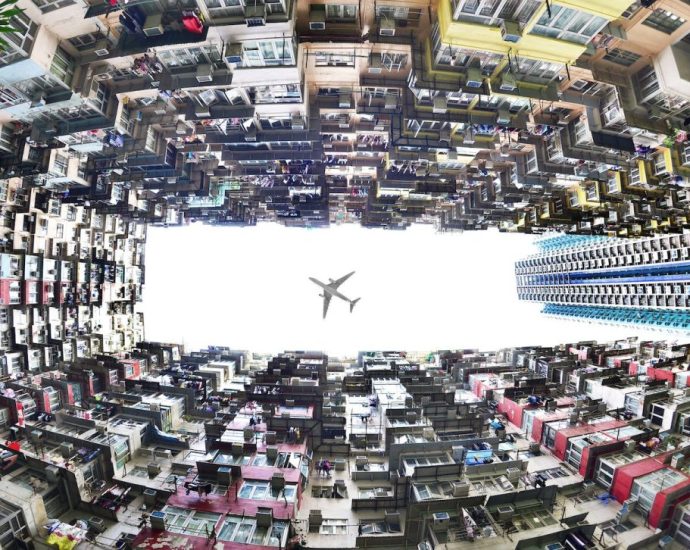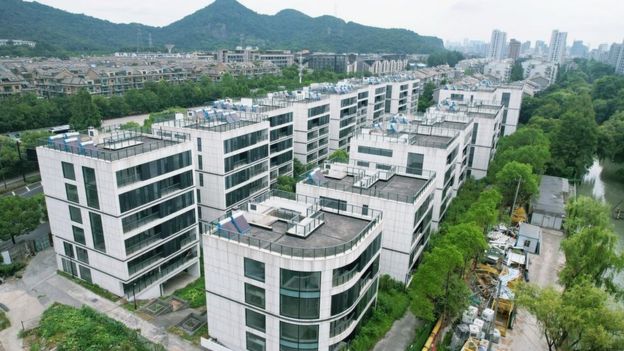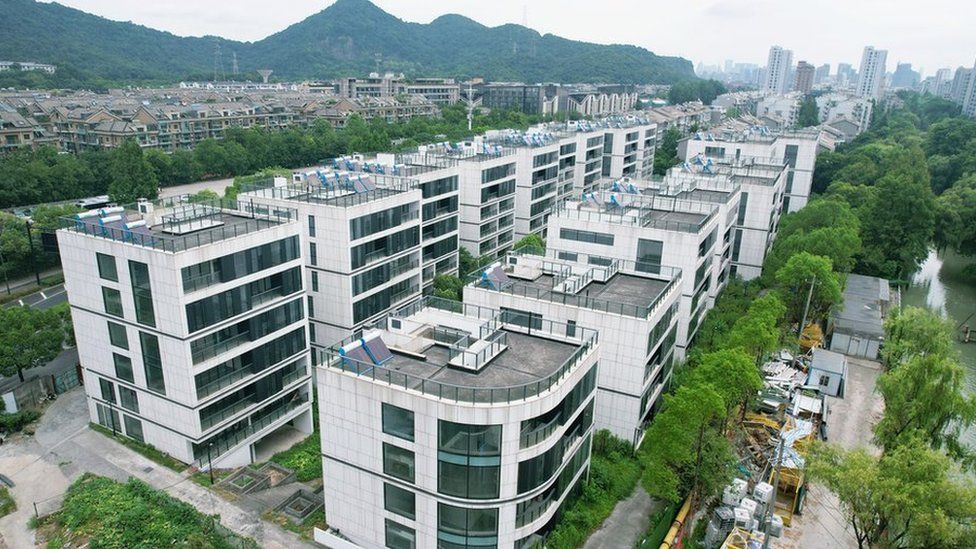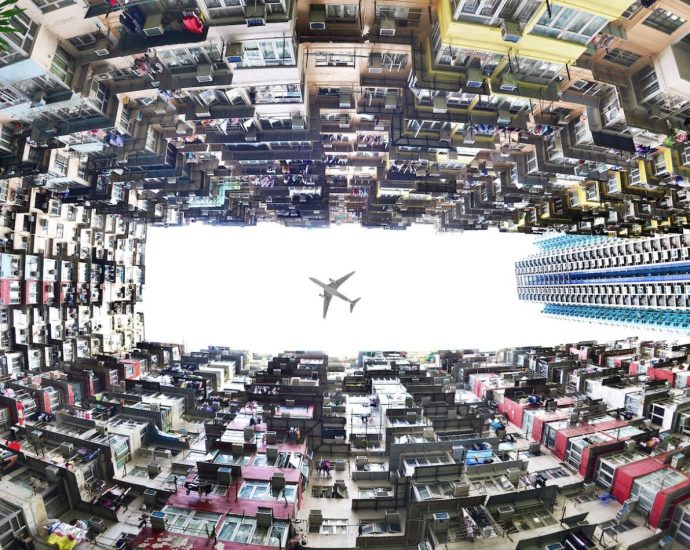Singapore still hiring auxiliary police officers from Taiwan, may recruit from more jurisdictions
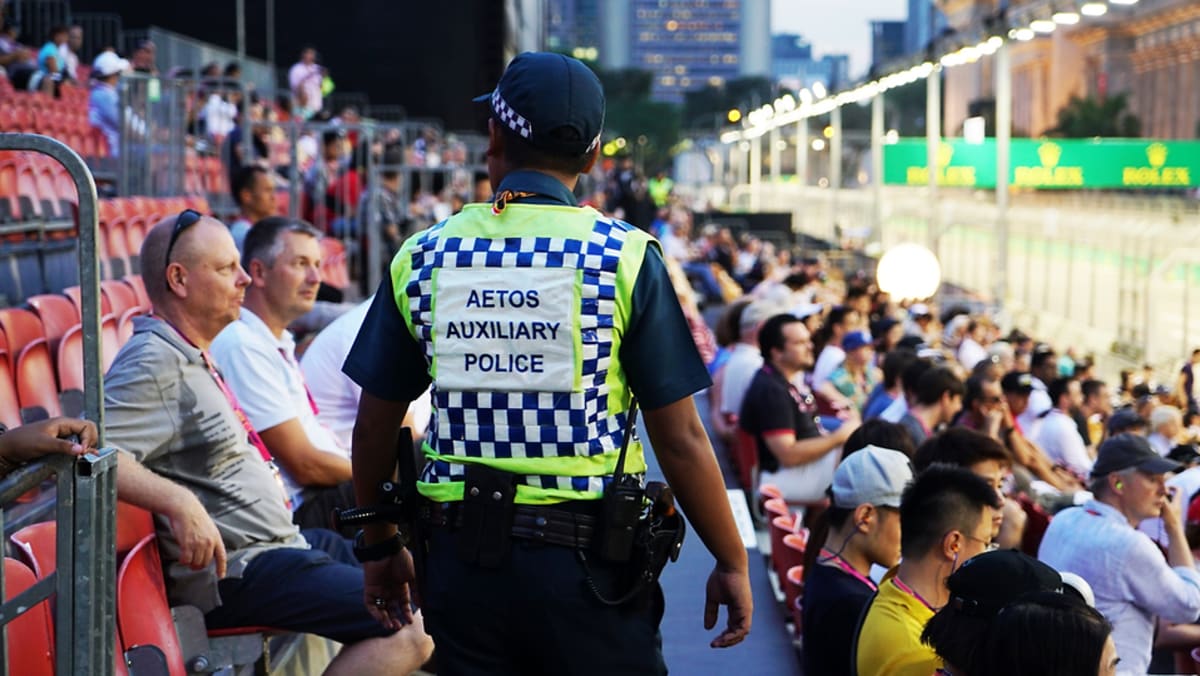
SINGAPORE: Singapore’s auxiliary police forces are still hiring officers from Taiwan, but numbers have dropped significantly since the practice began in 2017, said Home and Law Affairs Minister K Shanmugam on Wednesday (Jan 10).
As a result, the Home Affairs Ministry has been considering expanding the jurisdictions where auxiliary police officers (APOs) can be recruited from. These potentially include Asian ones such as China, India, the Philippines and Myanmar.
Mr Shanmugam revealed this in a written parliamentary response to MP Sylvia Lim (WP-Aljunied), who had asked if the hiring of APOs from Taiwan is still going on and what work challenges have surfaced among such officers.
Some private security firms, namely Certis Cisco and AETOS, first turned to recruiting APOs from Taiwan due to a shortage of local manpower, having only hired Singaporeans and Malaysians in the past.
At the time, Mr Shanmugam also pointed to a growing demand for APOs due to heightened security threats and new infrastructure, such as Changi Airport Terminal 4.
As of November last year, Singaporeans made up about 68 per cent of the total population of APOs, with the remaining 32 per cent being Malaysian and Taiwanese.
Mr Shanmugam said on Wednesday: “We need to allow the auxiliary police forces to recruit foreign APOs to meet the increasing demand for security services.
“They face challenges in sustaining an adequate pool of APOs, given the shrinking local workforce, requirements such as physical fitness, and the job options Singaporeans have.”
He noted that while the hiring of Taiwanese APOs has been “generally positive”, it has been a “challenge to recruit and keep them”.
The number of such officers has decreased by more than 60 per cent since 2017, to about 70 today.
Mr Shanmugam said this was due to the demanding nature of public-facing security work, improved job opportunities and prospects in Taiwan, a desire to settle down with a family, and homesickness.
In light of that, the Ministry of Home Affairs has been in discussion with auxiliary police forces on being able to recruit from other jurisdictions, he added.
The minister also addressed the risk of letting non-Singaporeans carry firearms, saying that the authorities try to manage this through security screening, training and supervision.
“So far, misuse of firearms by APOs is extremely rare and is not more prevalent among non-Singaporeans,” Mr Shanmugam said.
“We are also careful and more restrictive where we deploy non-Singaporean APOs. It is a challenging environment, because of our shrinking workforce.”
APOs are trained in areas such as handling firearms and counter-terrorism. They are deployed in a range of functions, including protecting key installations and non-governmental premises such as commercial banks. They also supporting police deployment at major events like the Singapore Formula One Grand Prix.
APOs are also given police powers to search and arrest offenders when on duty, and can escort people in custody.

